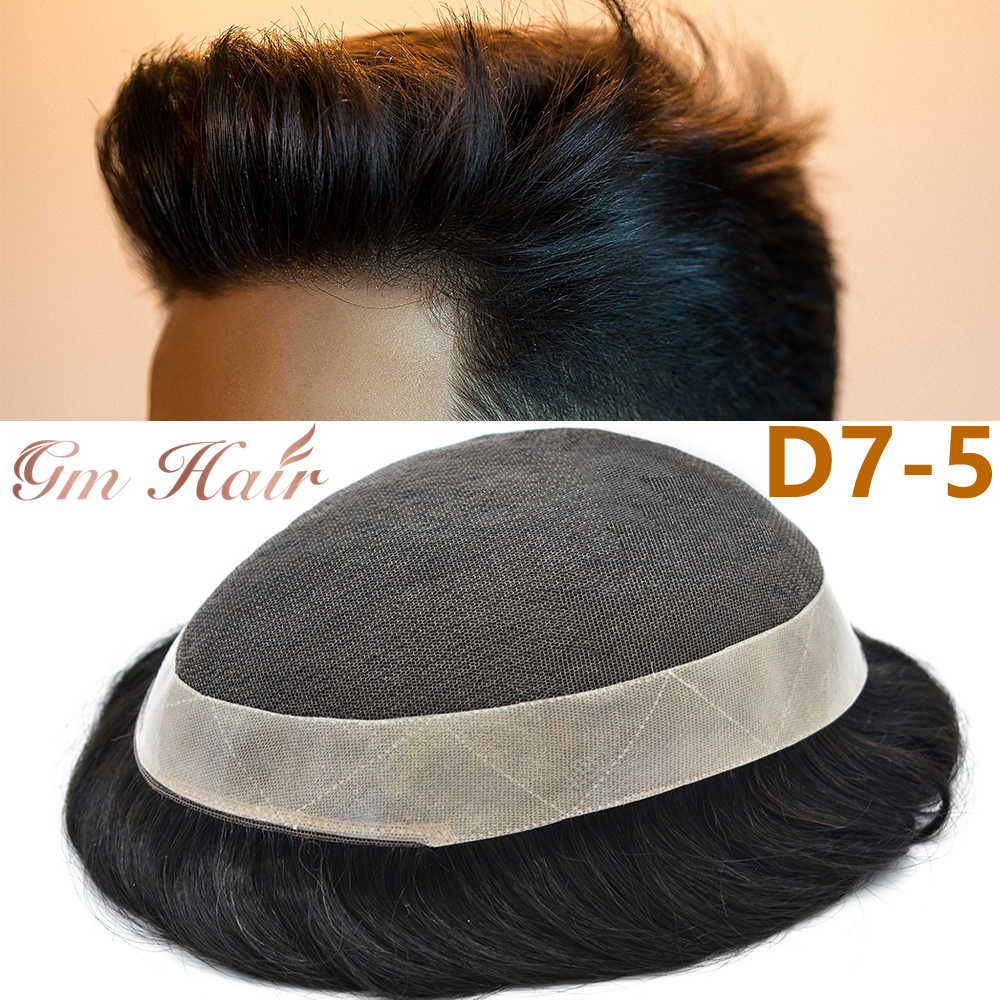The Art of Realism: How to Make Wigs Look Like Naturally Growing Hair
The Art of Realism: How to Make Wigs Look Like Naturally Growing Hair
Creating a wig that mimics naturally growing hair is an art form that requires precision, skill, and an understanding of human hair dynamics. The goal is to achieve a seamless blend, where the wig appears indistinguishable from the wearer's own hair. Here are key techniques to master this art:
1. Selection of Hair Type
Choosing the right hair type is foundational. Human hair wigs offer the most natural look, as they can be styled, colored, and treated just like natural hair. Synthetic wigs, while more affordable, often lack the versatility and realism of human hair.
2. Cap Construction
The cap's design plays a crucial role in the wig's appearance. A lace front wig, for instance, uses a sheer lace material at the front, allowing for a natural hairline. Full lace wigs offer even more flexibility, enabling the wearer to part their hair anywhere. Monofilament wigs, with their single-strand knots, create a more lifelike appearance where the scalp is visible through the hair.
3. Hair Density
Matching the hair density to the wearer's natural hair density is essential. Too much hair can look unnatural, while too little can make the wig obvious. A gradual increase in density from the crown to the edges helps mimic the way hair grows.
4. Hair Texture
The texture of the hair should closely resemble the wearer's natural hair. Straight, wavy, or curly textures each have their unique characteristics. For added realism, consider using a mix of textures within the wig.
5. Color Matching
Color matching is vital for a realistic look. Wigs should not only match the base color but also incorporate natural highlights and lowlights. Root shadows and color variations along the length of the hair add depth and realism.
6. Styling Techniques
Proper styling can make or break the realism of a wig. Use techniques such as layering, texturizing, and adding volume to mimic natural hair movement. Tools like curling irons, flat irons, and blow dryers can help achieve the desired look.
7. Maintenance and Care
Regular maintenance is necessary to keep the wig looking natural. This includes washing, conditioning, and occasional deep conditioning treatments. Proper storage and handling also prevent tangling and damage.
8. Customization
For the ultimate in realism, consider customizing the wig to fit the wearer's head shape and hairline. This involves professional fitting and adjustments to ensure a perfect match.
By mastering these techniques, one can create wigs that not only look natural but also feel comfortable and enhance the wearer's appearance. The art of realism in wig-making is a blend of science and creativity, resulting in a product that is both functional and aesthetically pleasing.